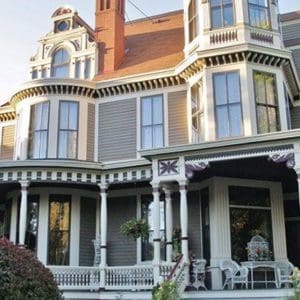Minnesota’s capital is full of possibilities, be it year-round outdoor leisure, job prospects, housing, and a variety of entertaining activities.
St. Paul was an early economic center for river trade, railroads connecting to the west coast, and stockyards and meat processing factories. Its location along the Mississippi has historically made it an important city. Today, the international airport conveniently supports business and pleasure travel around the world. Residents can take full advantage of the city’s bus and light railways, and also drive, walk, and cycle.
Living in St. Paul
St. Paul’s living costs and standard of living are often greater than the national average. Residents appear to prefer the higher standards, which is apparent with great education, parks, excellent infrastructure, and quality healthcare. Families, working professionals, entrepreneurs, students, empty nesters, and seniors all call the city home, with many opting for condos and single-family dwellings. Residents get to enjoy the river, lakes, hikes, pubs, and restaurants, creating a feeling of community.
Transport
St. Paul residents are dedicated to eco-friendly transportation. Over 4,000 people have contributed to their Pedestrian Plan, which aims to maintain and improve the safety and wellness of walking. Cycling is also a popular activity among locals. Nice Ride bike rentals are also available in St. Paul, for those who do not own a bicycle. In fact, people use bikes and share rides so frequently that more people carpool or cycle to work than anywhere else in the country.
Education
St. Paul’s public education system is one of the state’s finest and has a good reputation. Apart from its K-12 and recreational programs, it offers Head Start and early childcare programs as well.
Over 100 different languages and dialects are spoken by the system’s multicultural student body. More than half of the city’s 100+ private schools options a religious affiliation, mostly Catholic or Lutheran.
